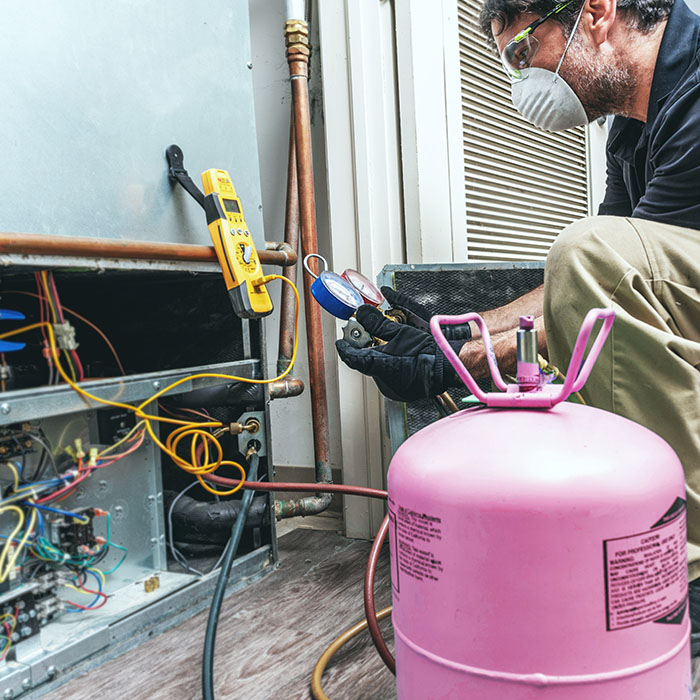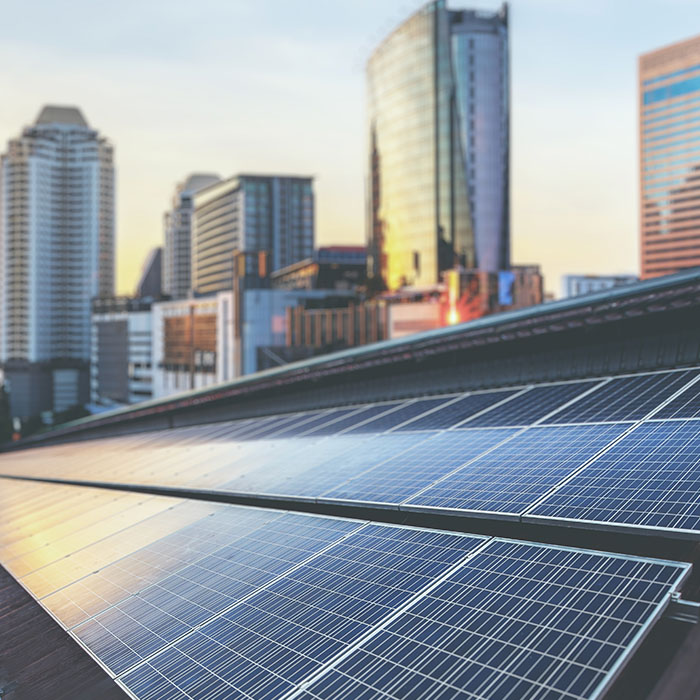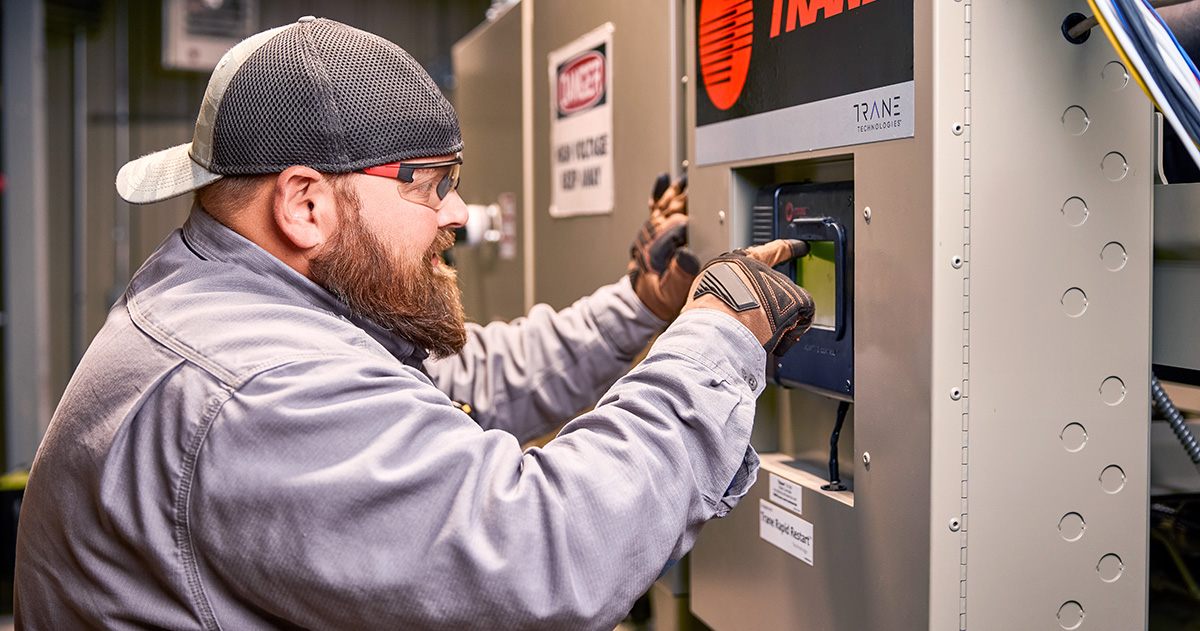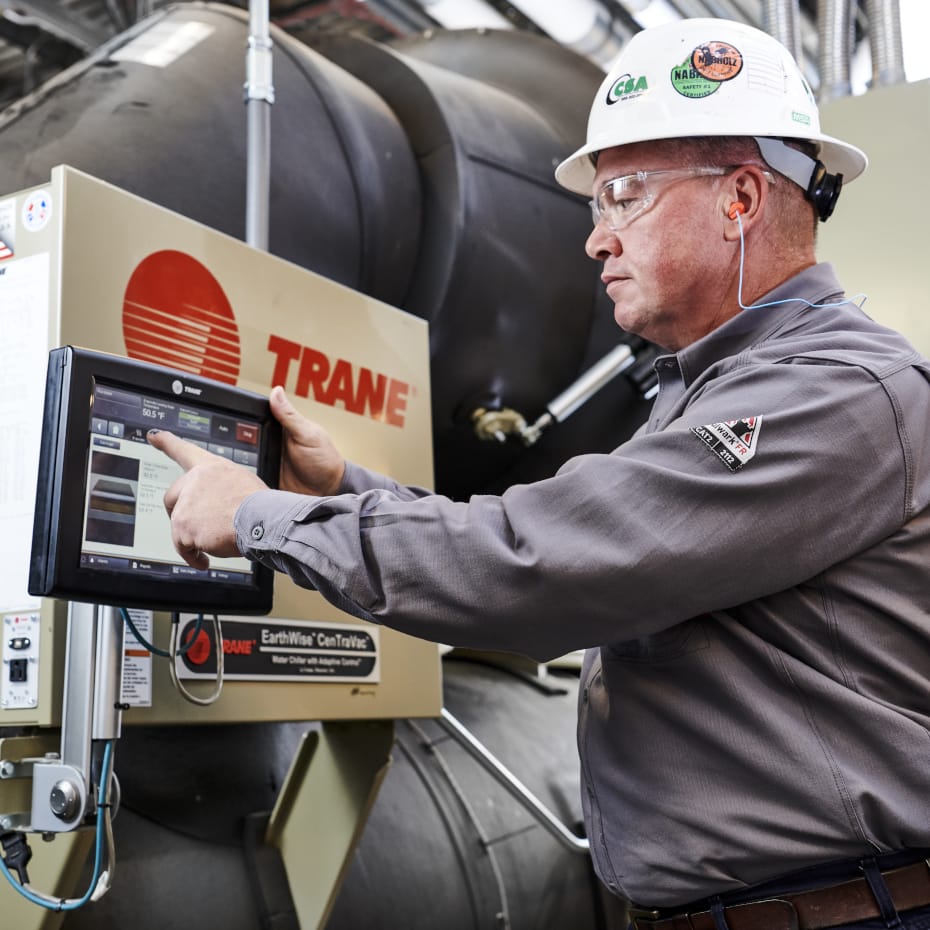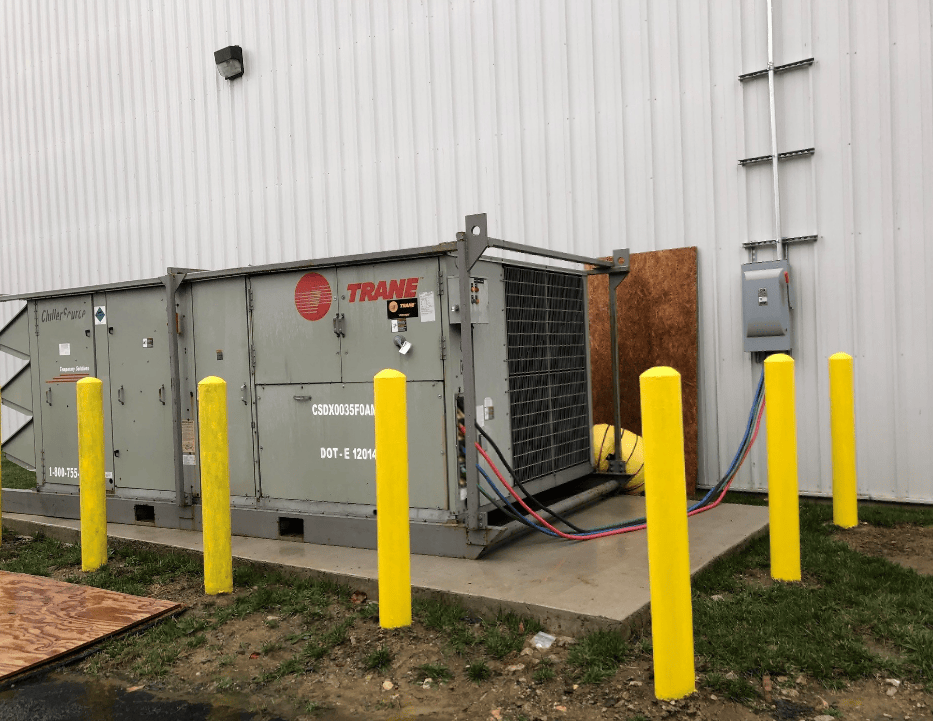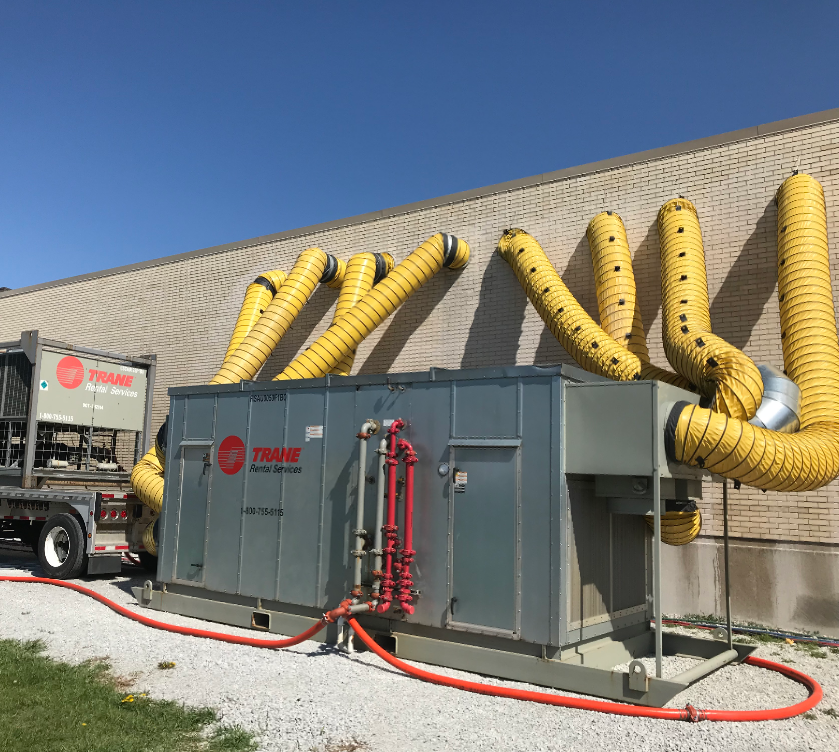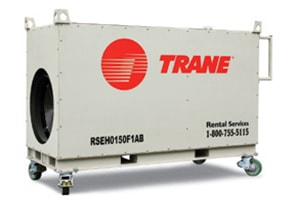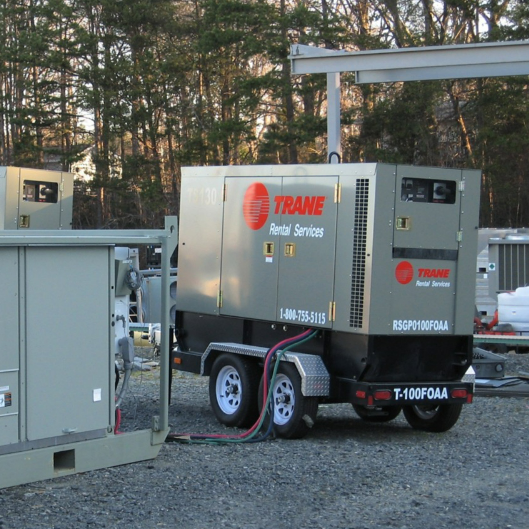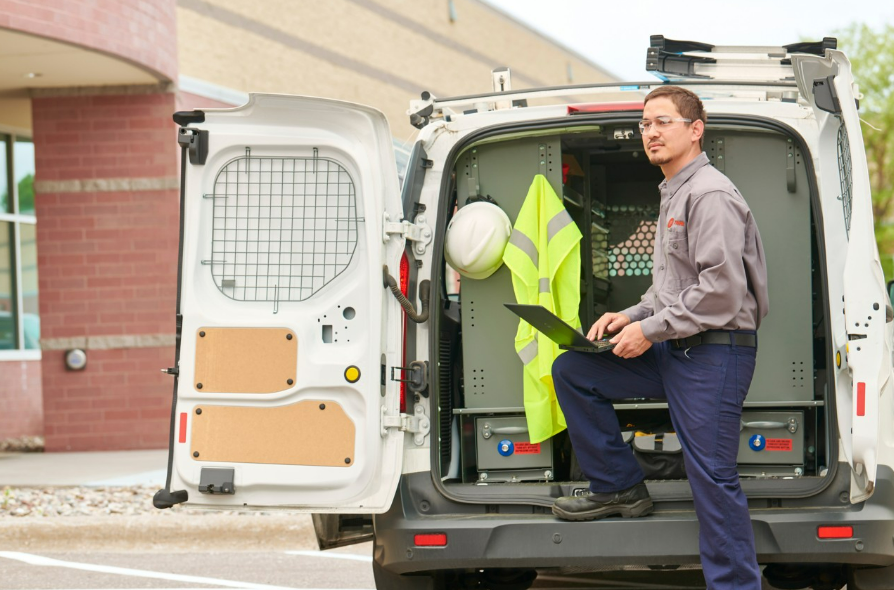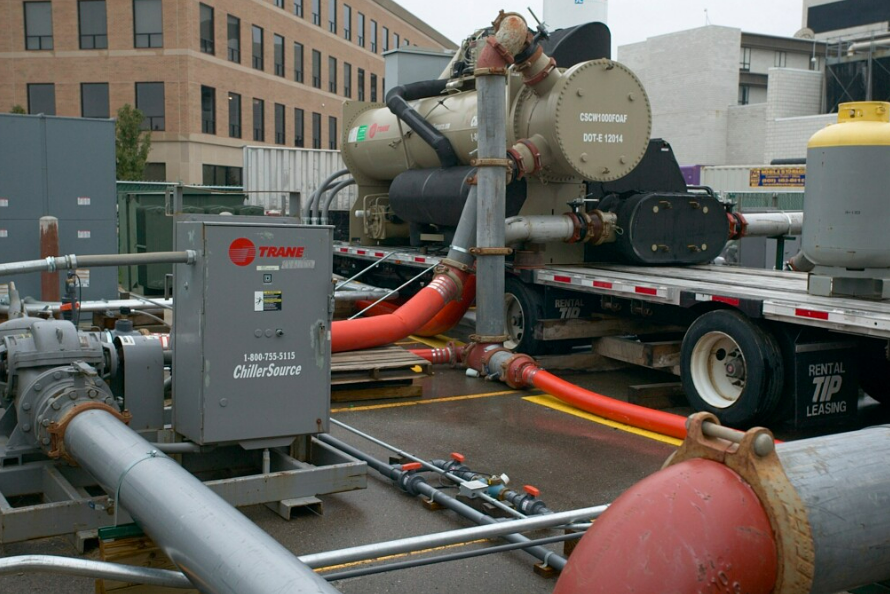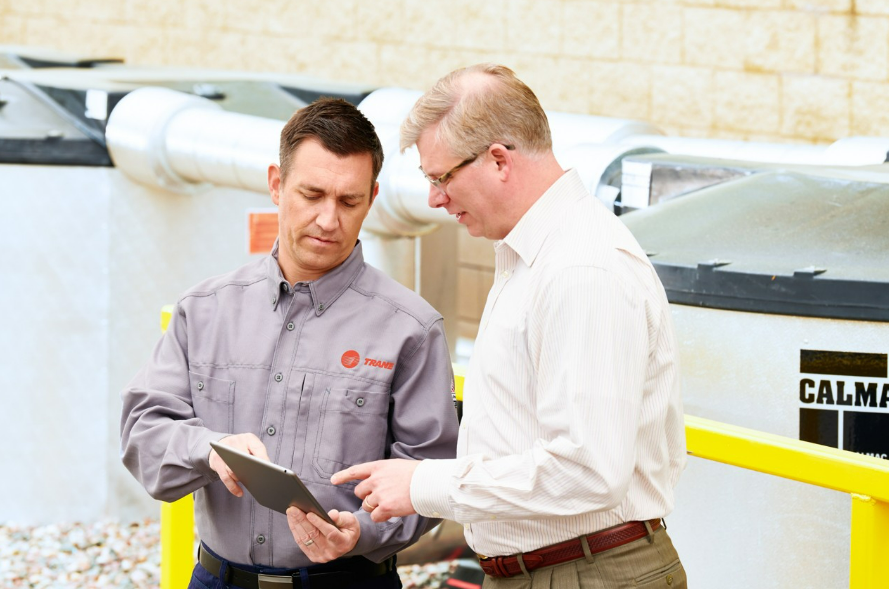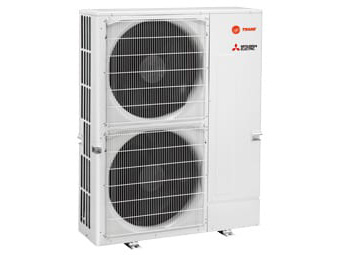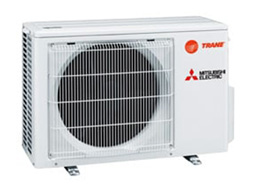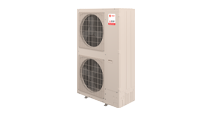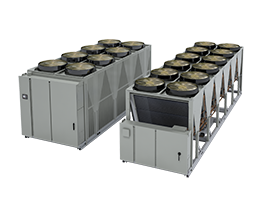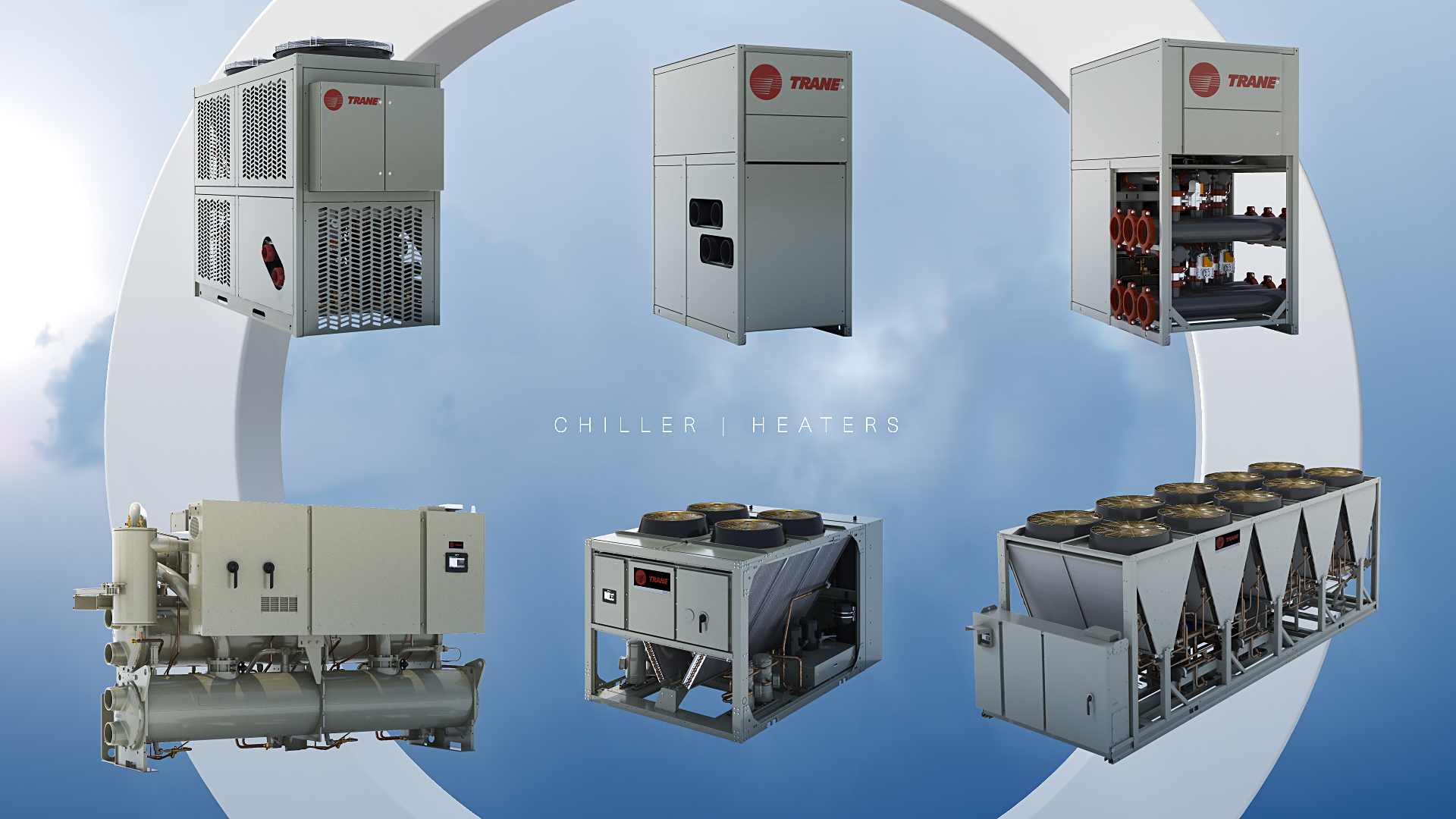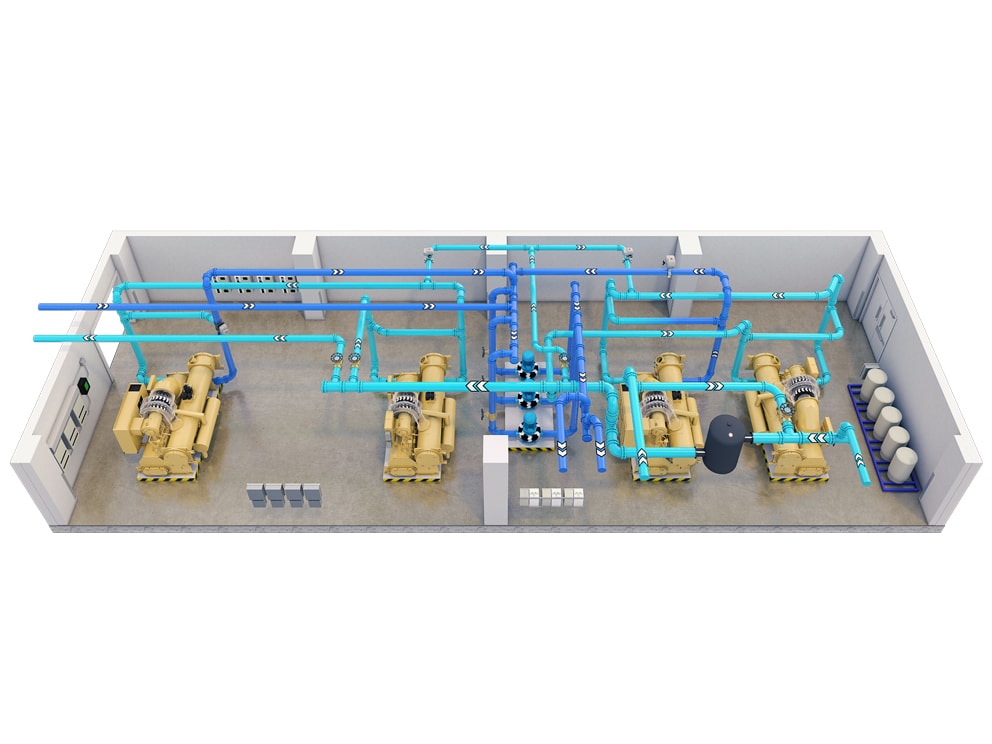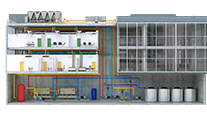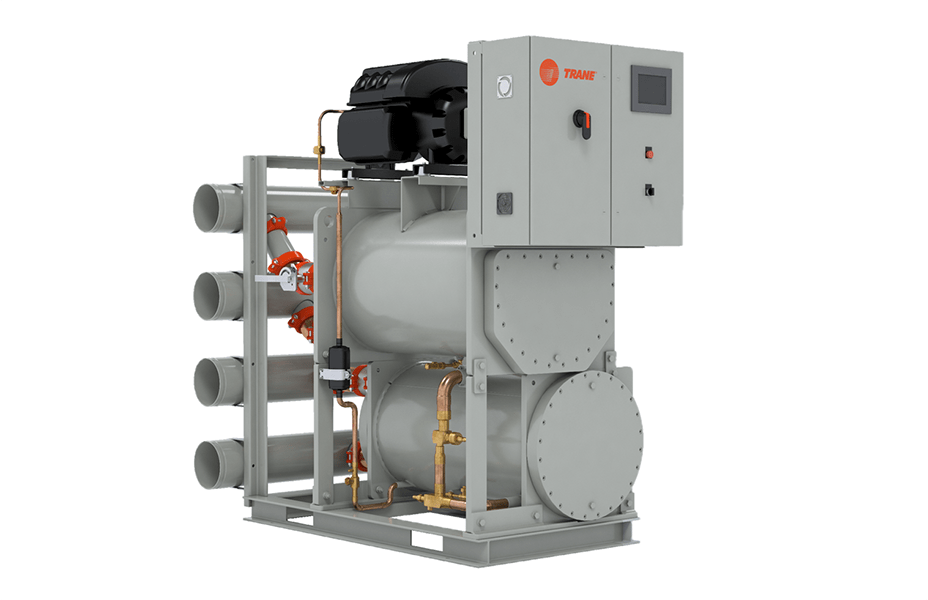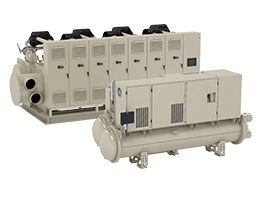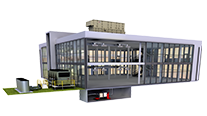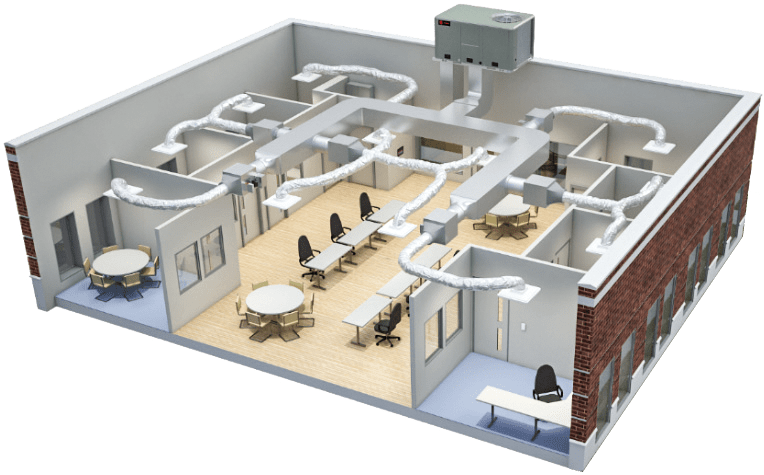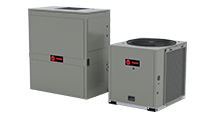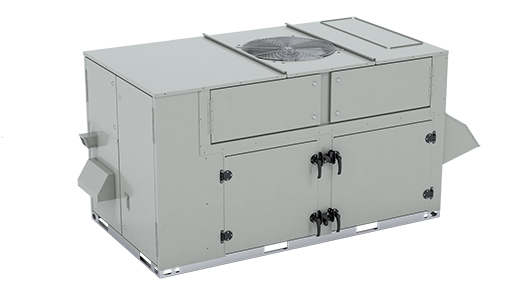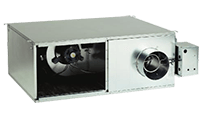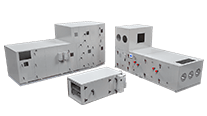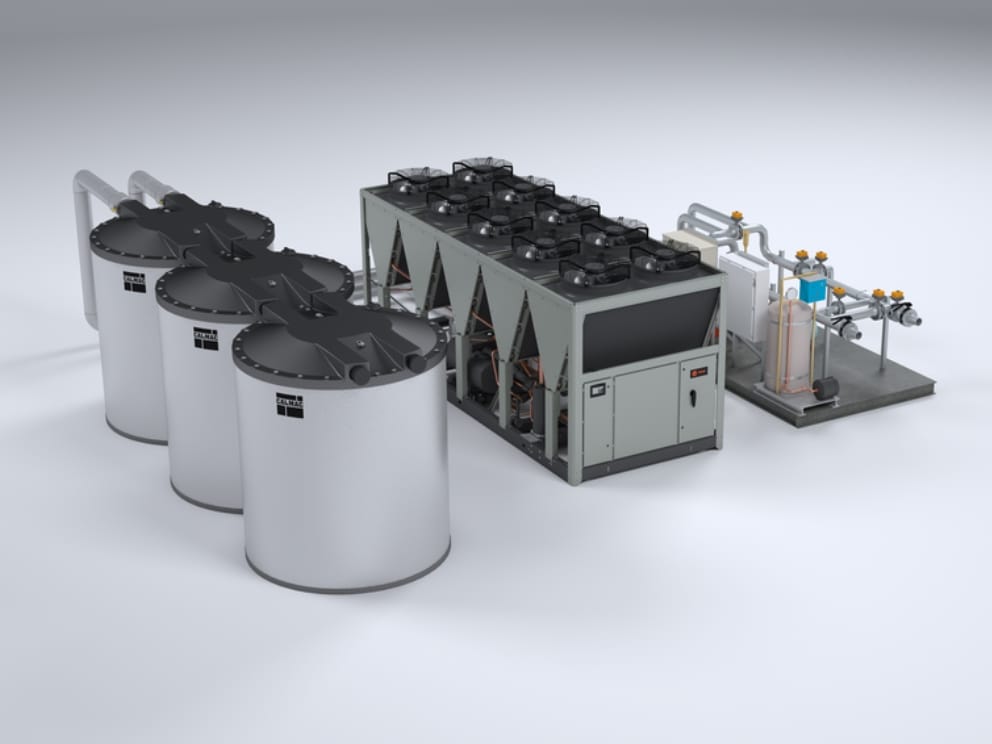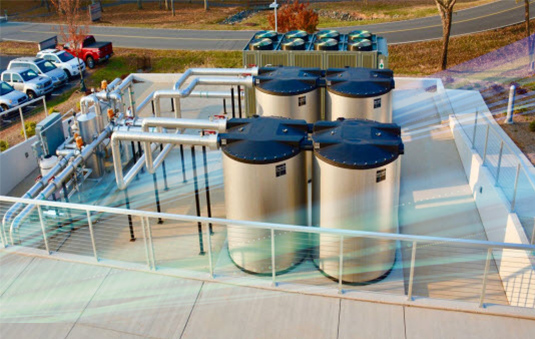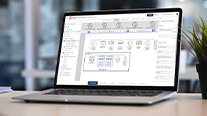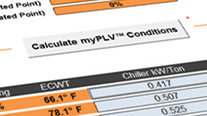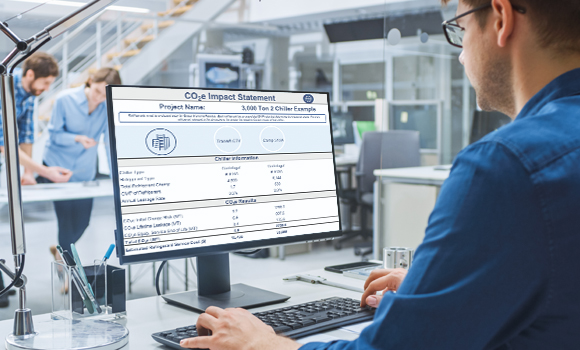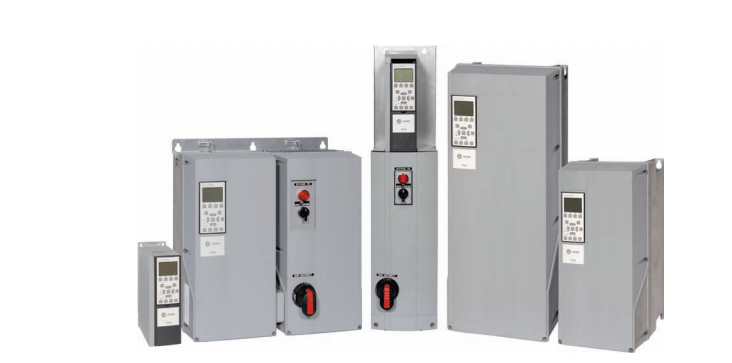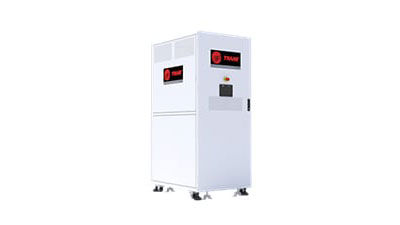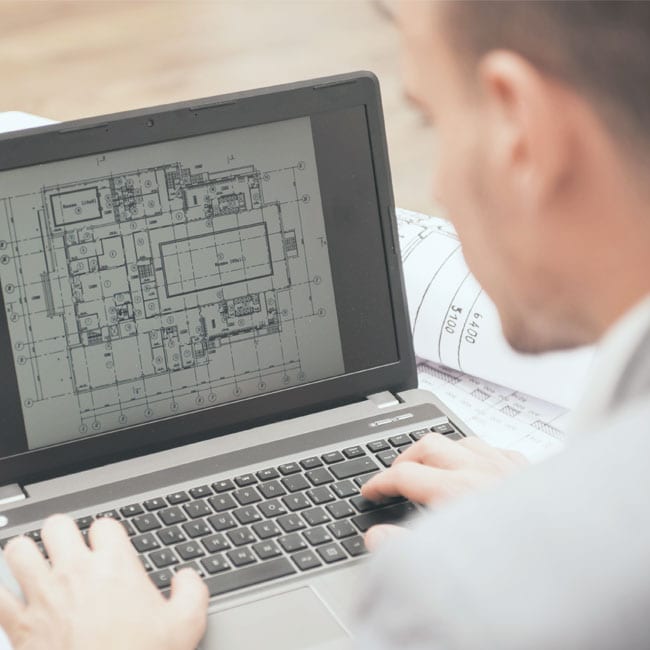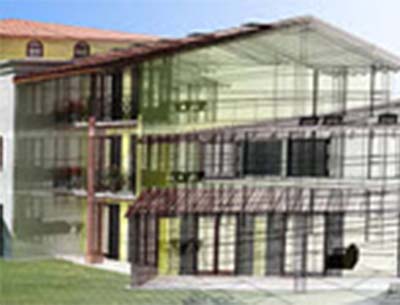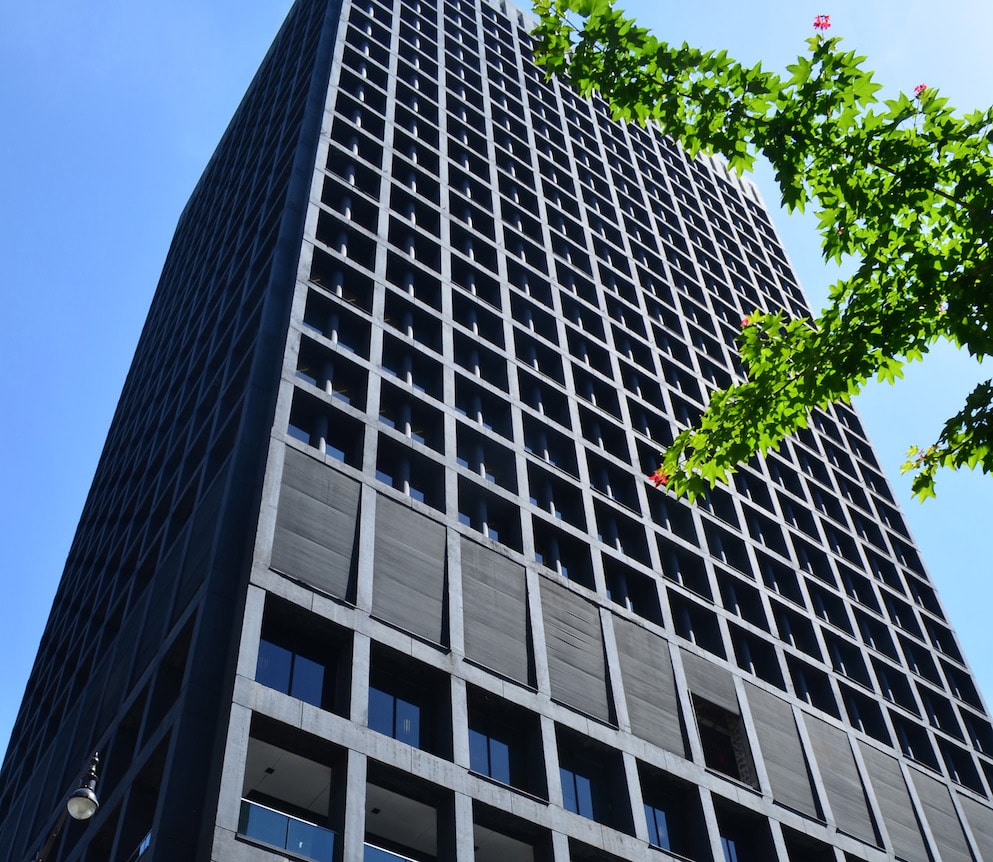Decarbonization

Who does BERDO 2.0 Impact?
The ordinance requires covered buildings to report their annual energy and water performance to the City. Covered buildings are defined below. A detailed 2023 BERDO Covered Buildings List can be found here.
- Nonresidential buildings that are 20,000 square feet or larger (excluding parking)
- Residential buildings that have 15 or more units.
- Any parcel with multiple buildings that add up to at least 20,000 square feet (excluding parking) or have 15 or more residential units. All buildings on the parcel must report their annual energy and water use individually.
- Buildings owned by the City of Boston and Boston Housing Authority.
Downloads
How do I ensure my building(s) comply with the BERDO 2.0 Ordinance?
Starting in 2025, Berdo 2.0 requires that all covered buildings reduce their annual emissions below the set building emissions standard (emissions limit). This can be achieved directly — by upgrading equipment, for example — or indirectly by purchasing renewable energy or making compliance payments. BERDO 2.0 also requires that buildings comply with annual reporting, due by May 15th of each year, which include three (3) main components:
- Energy Star Portfolio Manager: Used for reporting key building characteristics and energy and water usage.
- BERDO Reporting Form: Captures data required for BERDO 2.0 that isn’t included in Energy Star Portfolio Manager.
- Third-Party Data Verification: Third-party verification of buildings is required for the first year of reporting under BERDO 2.0. If thirdparty verification was completed in 2022, it is not required in 2023.
The City of Boston has published a step-by-step guide to completing annual energy and water reporting and third-party data verification for BERDO 2.0 in 2023.
Understanding and navigating the new limits introduced in accordance with BERDO 2.0 can be overwhelming and stressful for building owners. Each journey toward compliance may look different but rest assured, the right collaborator will meet you at any point. The path to compliance can be summed up in one word—decarbonization. The journey to decarbonize your building is uniquely yours and Trane® is the right collaborator to help guide you.
When will BERDO 2.0 be implemented?
Taking Action
Where do I begin?
It’s important to first understand what is meant by decarbonization. Decarbonization is the process of decreasing or eliminating GHG emissions that come from a building. Like vehicles that are reducing emissions by becoming more fuel efficient, or powered by electric batteries, buildings are decarbonizing, too. Through a thoughtful combination of improved equipment, controls, and services, buildings can achieve their decarbonization goals and thus maintain compliance with more rigorous environmental laws.
How can Trane help?
For over a century, Trane has seen more than the building. We’ve seen opportunities to build life. Trane is a world leader in air conditioning systems, services, and solutions. Our robust and diverse portfolio coupled with our highly skilled and knowledgeable representatives will ensure a smooth and successful journey towards decarbonization.
What can you expect?
Trane uses a proven 4-step process when engaging with our customers.
Step 1: Information Gathering
Collect information to inform the conversation
Step 2: Assessment
Assess buildings’ goals
Step 3: Recommendation
Advise on a plan for decarbonization
Step 4: Implementation
Deliver against plan to decarbonization

How will I fund these improvements?
Compliance with BERDO 2.0 will require thoughtful planning and likely funding support. Fortunately, the recently enacted Inflation Reduction Act delivers billions of dollars in funding for clean energy and the environment.3 There are a variety of clean energy tax credits available to building owners to help ease the financial load. Many include a base tax credit with opportunities for bonus tax credits for projects meeting certain requirements. Below are some helpful resources with more information:
- The White House: Inflation Reduction Act Guidebook
- Massachusetts: Inflation Reduction Act Implementation Guide
- Trane Commercial: Legislation and Incentives Resource Center
Trane will work with you to navigate, plan, and develop a solution that’s right for your building. We honor the legacy we’ve created and build on it by making buildings safer, more comfortable, and more cost-effective. Now, and for generations to come. Start planning today!
Disclaimer: Trane does not provide tax, legal, or accounting advice. This material is for informational purposes only and it should not be relied on for tax, legal, or accounting advice. Tax law is subject to continual change. All decisions are your responsibility, and you should consult your own tax, legal, and accounting advisors. Trane disclaims any responsibility for actions taken on the material presented.
1. https://www.boston.gov/departments/environment/building-emissions-reduction-and-disclosure
2. https://docs.google.com/document/d/1bTCjWuJzL-kfmM_nA_sIo9fm5BU5vwihdtbaq8OB3iU/edit
3. https://www.markey.senate.gov/imo/media/doc/ira_implementation_guide.pdf
4. https://www.buildingengines.com/campaign/3-sustainability-mandates-in-commercial-real-estate-and-how-to-prepare/
5. “Driving Customer Engagement Through Portfolio Advisory Solutions,” Trane Technologies and Guidehouse Insights, published 2Q 2021.
6. “Refrigerant Management,” Project Drawdown




